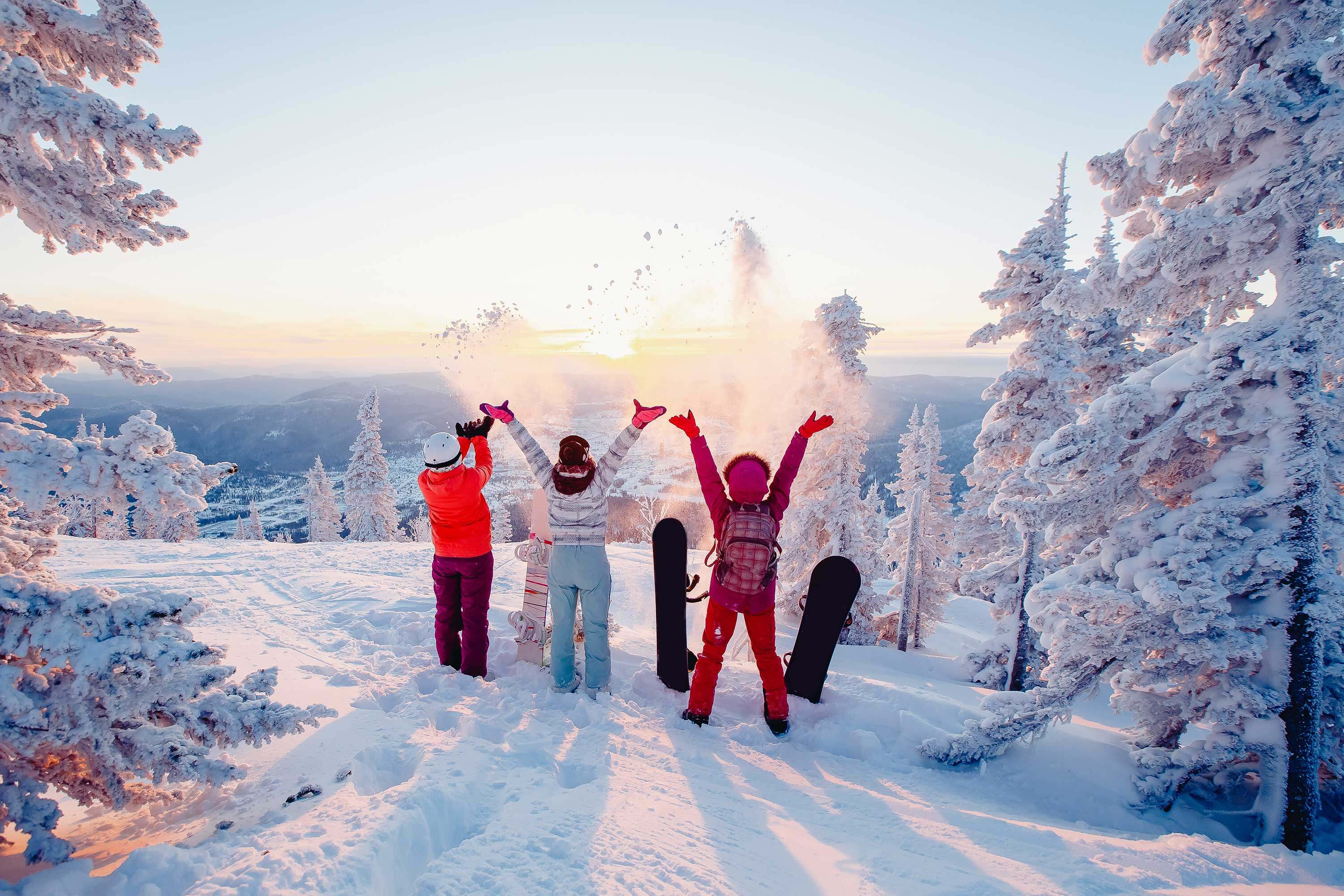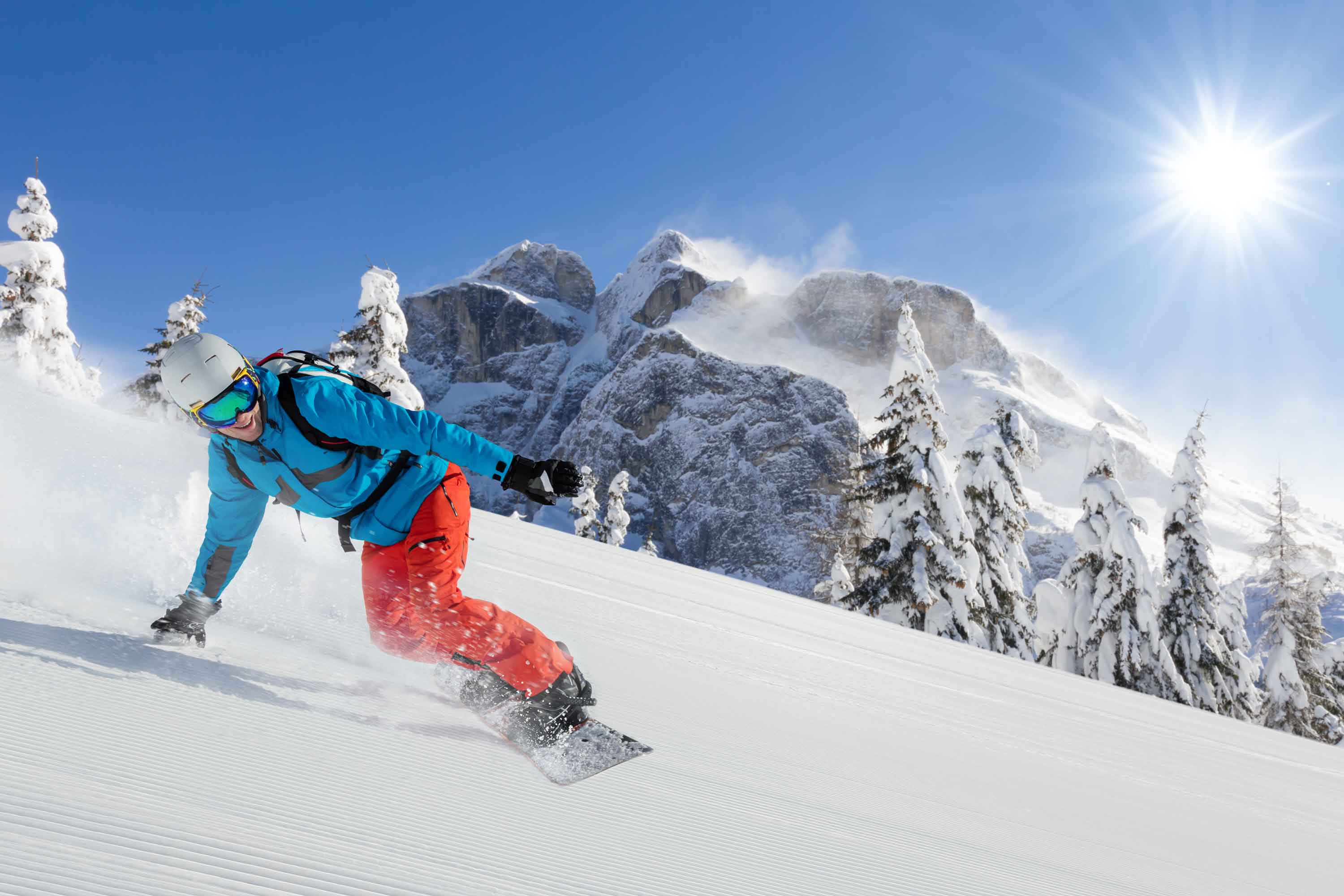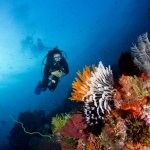Komodo Island
Overview
The diversity of the environment, quantity of life, and variety of species, combined with favourable weather, make it second to none. Komodo’s symbol of international fame is it’s dragons, the world’s largest living reptiles, which are unique to the area.
Komodo National Park contains 132,000 hectares of marine waters. The number and variety of islands, coupled with a range of physical conditions, such as wind exposure, current and wave action, result in a high diversity of coastal and marine habitats, including coral reefs, rocky shores, sea grass beds and sandy bays and mangroves.
The waters that surround the island are turbulent and teeming with unparalleled marine life. A marine reserve has recently been established, which is largely undocumented and unexplored.
In the north you’ll experience the warm clear waters that flow from the Flores and Banda seas. MantasThe environment is typical of most tropical locations throughout the world, and the hard coral reefs are extensive and in pristine condition. To the south, are cooler water that flows from the Indian Ocean. It is not unusual to encounter whales, whale sharks, mantas, sunfish and other planktonic feeders during dives on the southern sites.
Upwelling caused by deep ocean currents colliding with the continental shelf force an endless supply of food toward the surface, resulting in rich coral gardens and a frenzy of marine life.
When you are not exploring the fabulous underwater environment, you’ll have the opportunity to head for dry land. Visit the local villagers and hear stories of their neighbour, Dragon the fearsome Komodo Dragon, who grows to 2.5 metres in length and around 125 kilos. If you’re game, you might even like to go trekking to see one for yourself. Bear in mind though that the Komodo Dragon is an alert and agile predator, and worthy of respect.
Dive Sites
Batu Bolong
Also known as Hollow Rock, this is one of Komodo’s signature dives. With good visibility, all year round, Batu Bolong is host to a carnival of colourful life. Pinnacles, coral and sponge covered walls and a gluttony of aquatic inhabitants including pelagic fish, white tip sharks and hawksbill turtles which are frequent feeders in this spot.
Cannibal Rock
An endlessly rewarding dive site (despite its name) and a must in the Komodo dive region. Located east of Komodo Island, this is an energetic dive site with phenomenal marine life including black blotched stingrays, black snapper and purple gorgonian fans – home to the pygmy seahorse.
Manta Alley
This deep channel runs through an underwater ridge and provides a place for manta to glide along and often stop part way through! This site can have as many as 10-20 Manta Rays at a time. But you’re also likely to encounter schools of large bumphead parrotfish, giant trevally, white and black tip reef sharks and huge black fantail rays.
Other sites include: End of the world, Castle Rock, GPS Point, Crystal Bommie, The Couldron, Wai Ni Loo, Consai, Mini’s Wall, Sebayur Kecil.
Best time to Dive
Action packed diving all year round with the best visibility from November to January. The waters in the south average 20-25ºC and warmer and clearer in the north 25-28˚C.
Getting there
Komodo Island is located in Indonesia, east of Bali, between the islands of Flores and Sumbawa.
We can arrange a taxi/shuttle/boat transfer to the resort.
Accommodation
Komodo offers accommodation for every kind of budget. From liveaboard to resorts and hotels.
Gallery
We'll find you the best value deals in the most amazing destinations. Let your active travel journey start with us!


